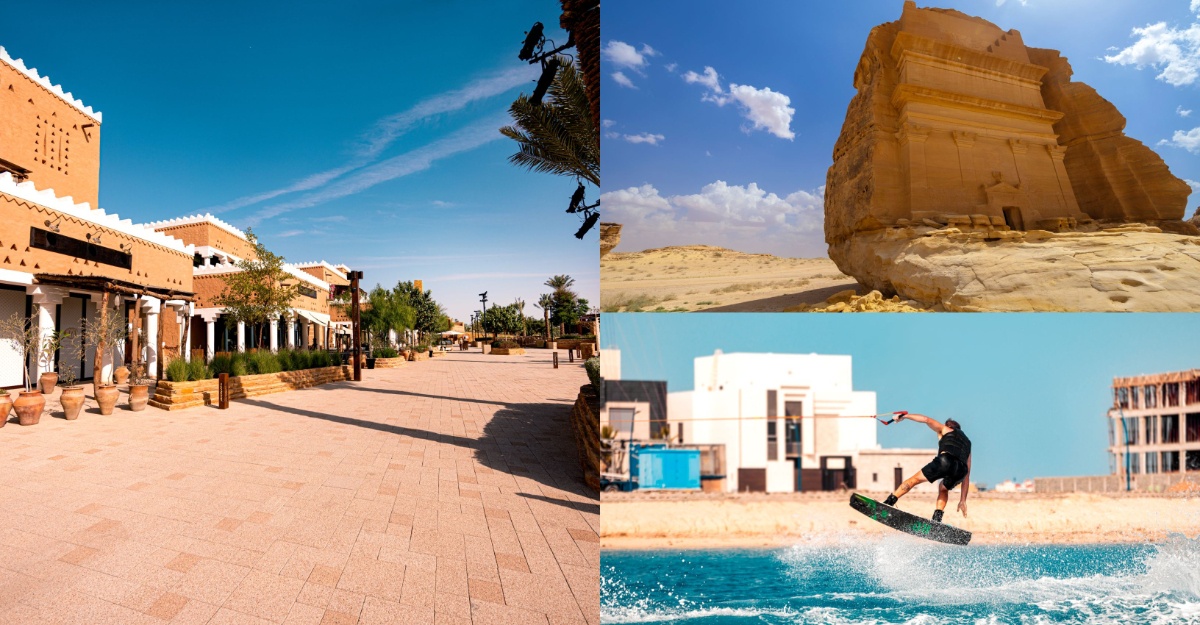Greece is regarded as the origin of Western Civilisation, as well as the birthplace of democracy, theatre, the Olympic Games, and many other things. The country is known for its ancient history and ruins, amazing culture and cuisine, and beautiful island vistas.
Besides its interesting myths and fable, Greeks are well known for their buildings. There’s just something unique about them that every structure holds a story of its own. One famous structure of the Greeks is of course the Temple of Zeus.
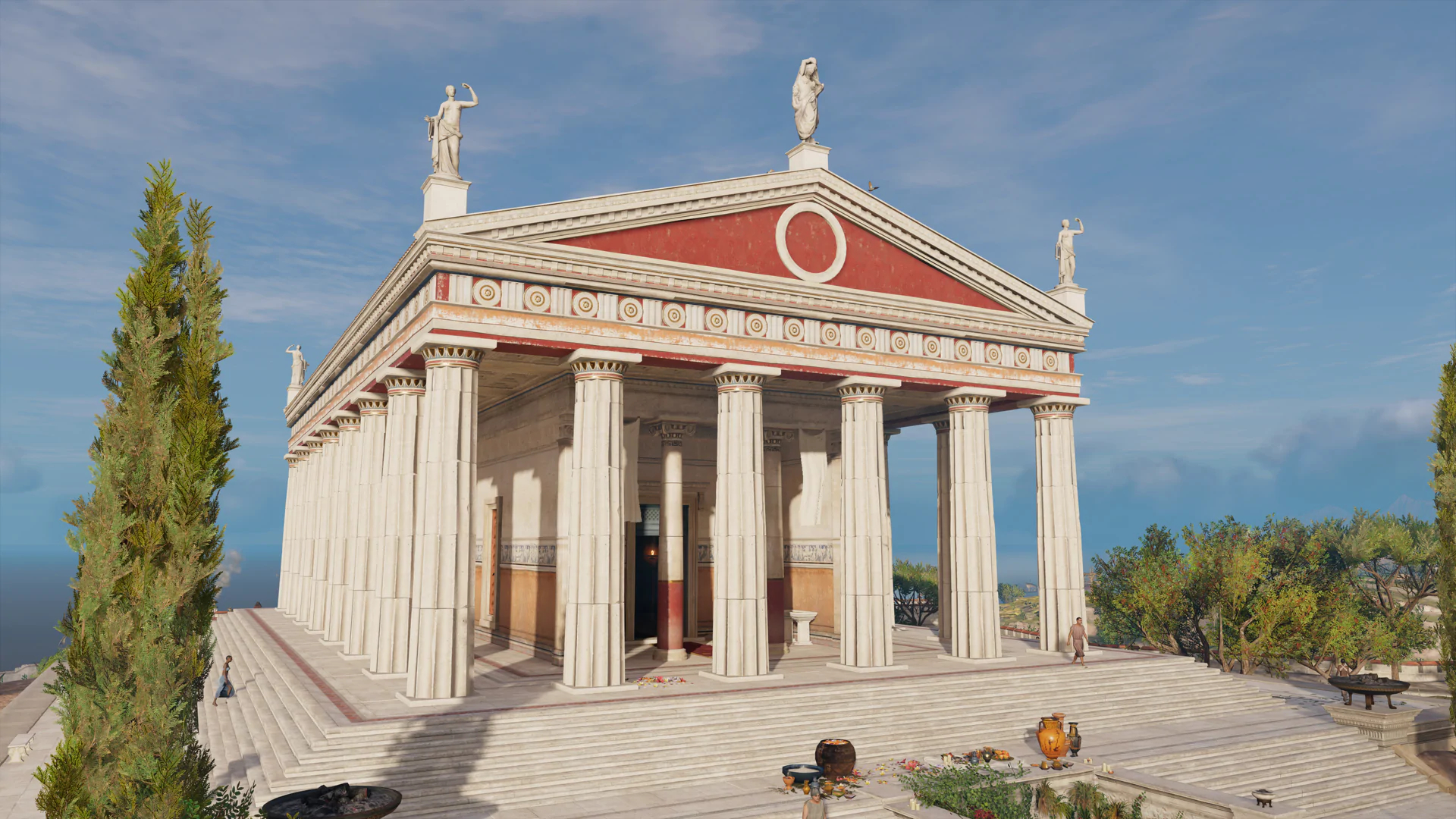
Picture: Assassin’s Creed Wiki-Fandom
The Temple of Zeus was regarded as a wonder of ancient Greece. It stood for ages on a mountain overlooking Olympia, a tribute to the power of the ancient Greek gods. The Temple of Zeus, which was built in the second quarter of the fifth century B.C. and was filled with the greatest artwork, marble, and workmanship, was the epitome of a temple erected in the Doric order of Grecian architecture.
This magnificent construction, however, did not endure long. Its fall represented the actual end of an age, as the Holy Roman Empire came to prominence in its place. Pagan ceremonies were supplanted by the first versions of Christianity, leaving little but ruins in their wake.
A Scared Grove
In its glorious day, the Temple of Zeus was a sight to behold. During what was regarded as Greece’s “Dark Age,” the holy sanctuary around which the colossal building would be erected was laid out in the eleventh or ninth century B.C. At that time, Zeus’ and Hera’s followers merged to establish a monolithic polytheist faith that would later become the foundation of the Grecian pantheon of gods and goddesses. In 456 B.C., the fabled temple was finally completed.
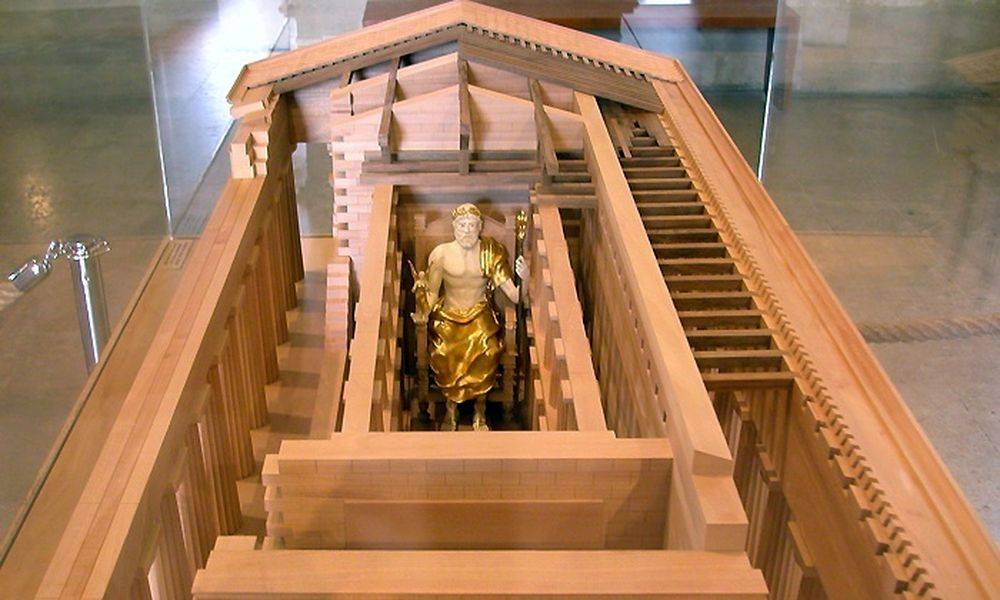
Picture: Wonders of the World
Guests were welcomed inside a large temple erected in the peripheral hexastyle with 13 columns on the sides, commemorating the Spartan victory at Tanagra. It was designed by Libon of Elis, a famous ancient architect, and was covered with Hellenistic mosaics depicting different Grecian gods and goddesses — including, of course, Zeus himself — carved in the finest marble brought from Paros in the Aegean Sea.
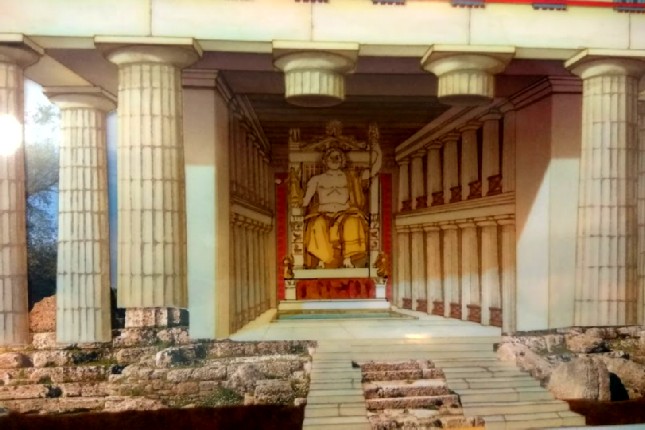
Picture: Travel Insider
Many historians, both Greeks and non-Greeks, who visited this magnificent temple complimented the handiwork of the countrymen. Some even described the Temple of Zeus as a representation of the god, himself, on Earth.
What Happened To The Temple?
There are many theories as to what may have caused the ruins of the Temple of Zeus. For centuries, historians thought that Theodosius the Younger, the Roman emperor, sacked the Temple of Zeus (Theodosius II). Theodosius was the youngest Augustus (emperor) in Roman history, and he was also the first to adopt early Christian interpretations.
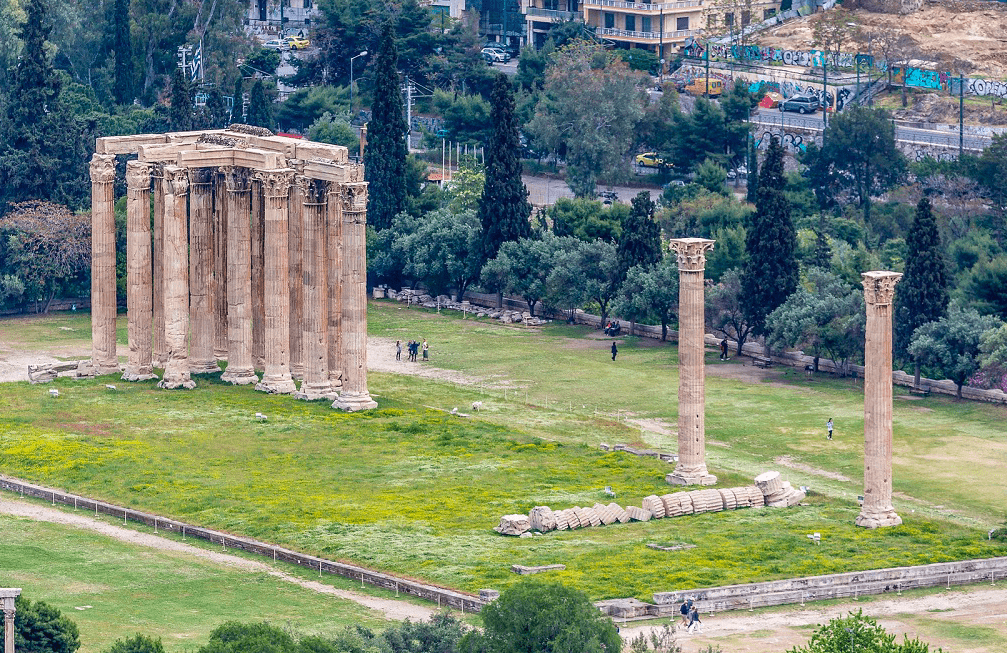
Picture: Greek City Times
While most historians believe that Theodosius the Younger harmed the Temple of Zeus, there is significant debate about whether he was solely responsible for its destruction. The temple may have been “brought down by ropes during the Byzantine period,” according to some historians. According to some historians, the temple was abandoned in the sixth century when the Kladeos river overflowed, forcing the occupants to flee.

Picture: Hole In The Donut Cultural Travel
But all this is about to change what historians thought about the ruins of this temple. In 18th century, everything historians believed about the Temple of Zeus was replaced with the fact that the Temple Of Zeus was likely to be destroyed by an act of god!
But why is that so? The German Archaeological Institute began systematic excavations of the site in 1875, and these excavations have continued on and off until now. The most famous discovery was in 1890, when German archaeologist Karl Humann discovered temple remnants in the Grecian city of Magnesia. However, in September 2021, another significant find promised to provide all of the clues to the temple’s location beneath a thicket of alluvial deposits.
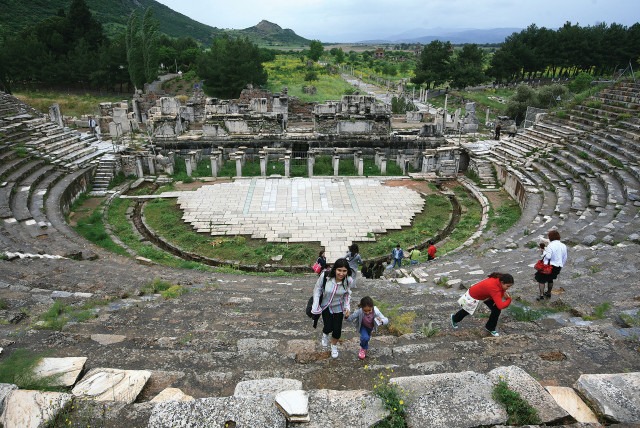
Picture: The Jerusalem Post
A sanctuary, a stadium, a theatre, 80 sculptures, and other relics were discovered by Görkem Kökdemir, an archaeologist from Ankara University in Turkey. But it was the entry gate to the Temple of Zeus that he discovered that was the most significant.
These findings bolstered researchers’ claims that the temple was not completely sacked by a power-hungry Roman emperor or by early Byzantine forces. Rather, an earthquake most likely demolished the Temple of Zeus, which was thereafter lost to time beneath layers of silt. An act of god damaged the magnificent monument to the King of the Gods.
Whether it was the Romans, the Byzantine or the gods, the mystery of how this magnificent temple came to an end is still a mystery. Nevertheless, it undoubtedly one of the wonders of the world and the pride of Greece.
Sources: All That Is Interesting,Smithsonian Magazine,World History,Greeka,Britannica,Study.com








